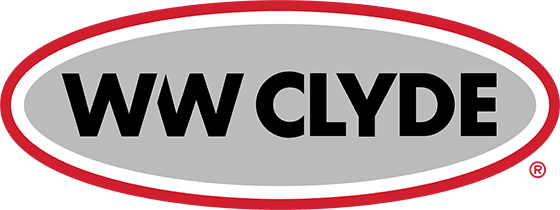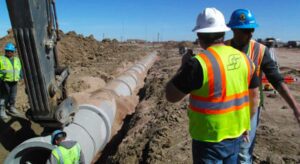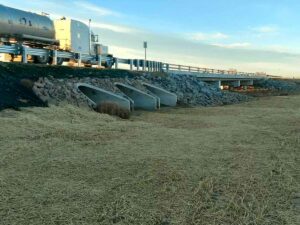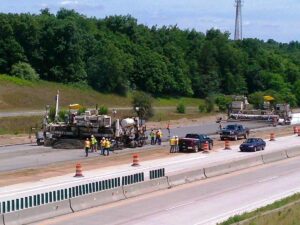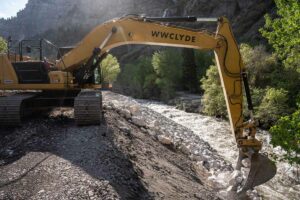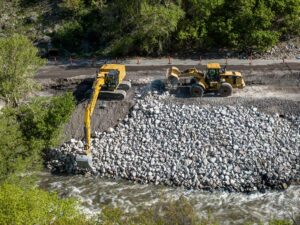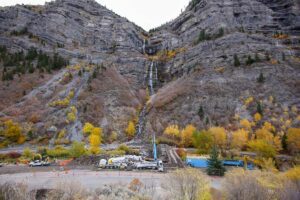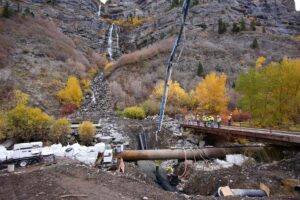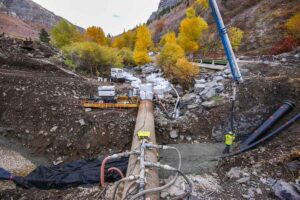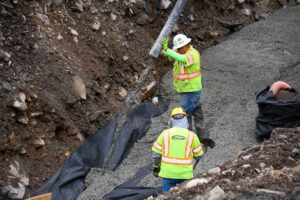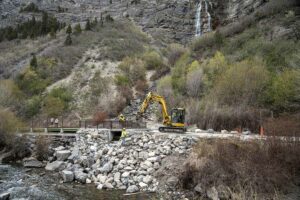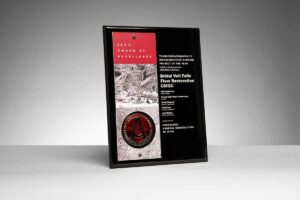Bridal Veil Falls Restoration CMGC
- Owner: Central Utah Water Conservancy District
- Location: Provo Canyon
- Completion Date: 1 Oct 2023
- Core Competencies: Pipelines & Drainage
Related Projects
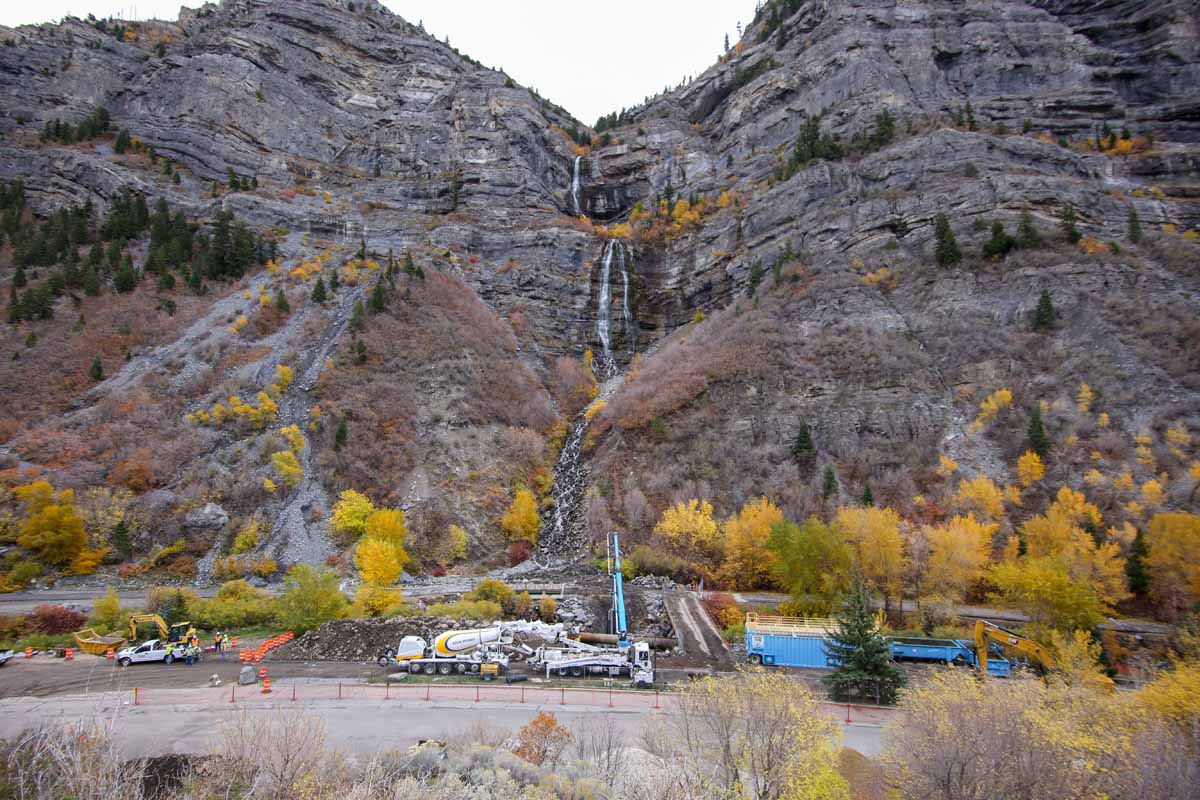
Project Overview
The purpose of the Bridal Veil Falls Restoration CMGC project was to design and install a system that increases the amount of water delivered to the transmission pipeline. A preexisting water system at Bridal Veil Falls had proven outdated and in need of rehabilitation; improvements were required to control and collect the viable water source for distribution in Utah Valley.
To address these issues and create a fully functional water system, WW Clyde worked closely with stakeholders to furnish and install a new Bridal Veil Falls pump station. This work consisted of several factors: a concrete vault with submersible pumps, a concrete electrical room, a new power supply extended across Highway 189, a precast vault with irrigation meters, approximately 500 feet of 12-inch and 20-inch pipes, a Provo River crossing with a pump-out box, multiple conduits and irrigation lines in trenches, a concrete intake box with a screen, and re-vegetation and surface restoration along the river.
Challenges & Teamwork
Because the Bridal Veil Falls site is a highly trafficked and valued public location in Provo, WW Clyde worked closely not only with the project owner, the Central Utah Water Conservancy District (CUWCD), but also with locals representing Provo’s community at large. While owner concerns focused on water system infrastructure needs, citizen concerns focused on preserving the landscape of the falls and river that have long been enjoyed by community members and visitors. WW Clyde prioritized communication with each of these groups to define and fulfill this major project’s success.
In addition to challenges regarding public relations, the project team spent the duration of work navigating a unique construction process; due to COVID-19-related supply chain delays, receiving the necessary materials to keep the job on schedule proved to be a significant complication. Personnel worked hard to anticipate and overcome these material delays and maintain the project schedule, which they were successful in doing. Another complication that arose was moving water across the Provo River without disrupting the river’s natural features. To meet this need, WW Clyde installed a pipe from the intake structure under the river which then ascended over the other side of the vaults. This process required a 48-inch steel pipe bypass that was placed in the river to divert water and dam the river from both sides, allowing the team to install the transmission pipeline in mostly dry conditions, place supporting concrete around it, and then remove the bypass pipe to restore regular river water flow.
Safety
While the safety of on-site personnel and the public is always a priority, this project presented safety hazards unlike those normally encountered by WW Clyde’s team. For one, public access to Bridal Veil Falls was to remain open for much of the project, and therefore keeping visitors safe from ongoing construction hazards required consistent effort from WW Clyde’s safety team. Such efforts included implementing fences, panels, alternate pedestrian routes, and signage with QR codes directing visitors to information about the project during various stages of the work. These steps protected all those on-site from exposure to any construction-related hazards and safely granted ongoing access to the public.
Another unique safety factor was the high risk of avalanches throughout the winter and spring periods of construction. Despite the damage that was ultimately caused to the completed project following an avalanche, the continual support of the state’s avalanche response team, combined with WW Clyde’s safety practices, prevented harm from occurring to personnel or visitors throughout the work.
